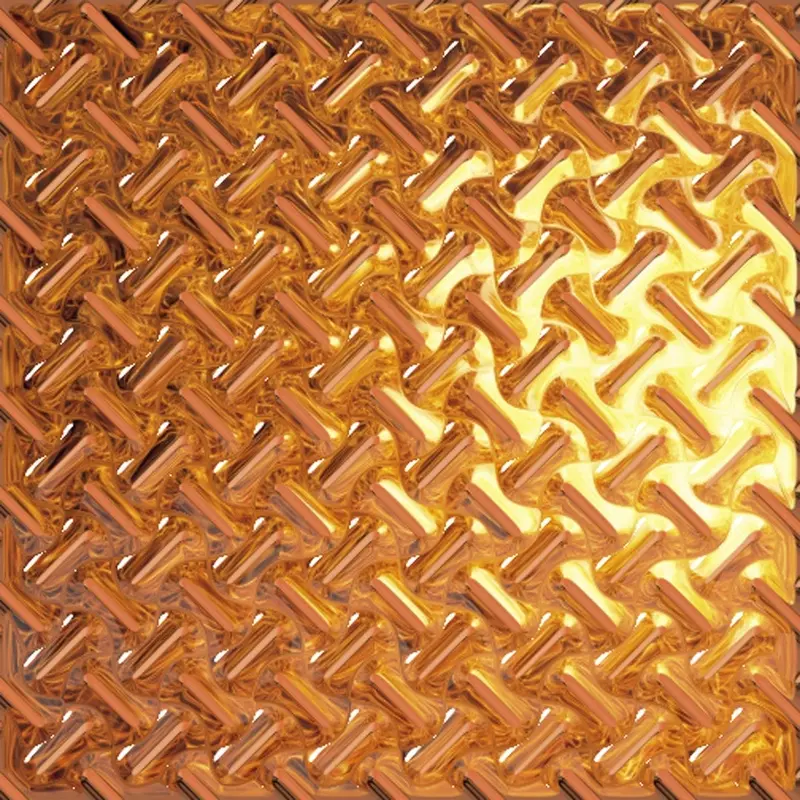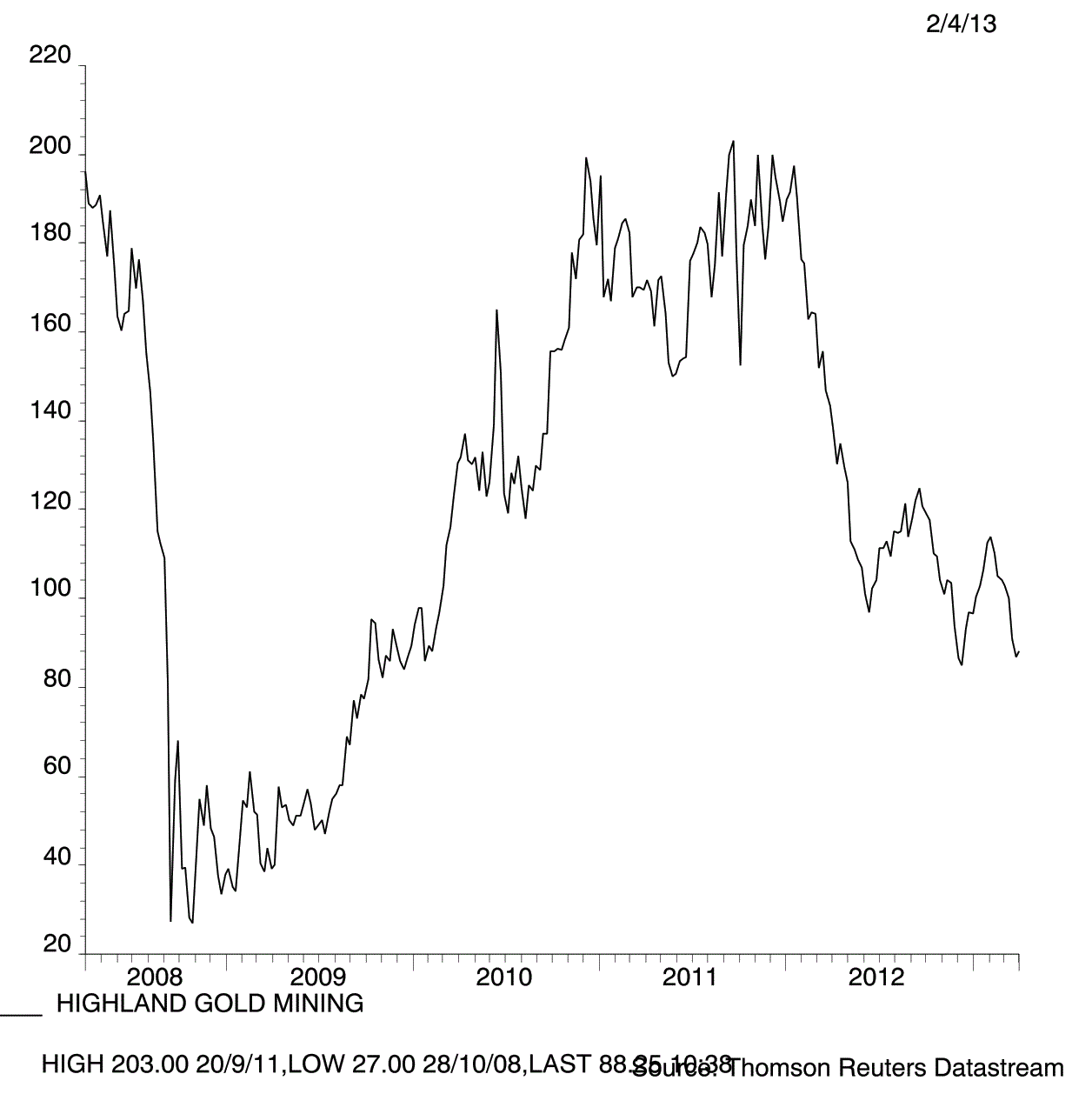
A cheaper-than-expected acquisition has helped to push up Highland Gold (HGM:AIM) by 2.9% to 88.25p. Contributing to the share price strength is the relief that the Russian gold miner won't have to conduct a large equity raising to fund the purchase which had been flagged last year by the Russian media. The big unanswered question is how dividends will be affected by this chunky transaction.
Highland is buying Bazovye Metally, the owner of the Kekura gold deposit and surrounding licence area, for $212 million. This represents half of Highland's £279 million ($424.2 million) market cap as of the last trading session, 28 March. A further $11 million will be paid in the second half of this year to a contractor once a pilot plant has been fully built.
The transaction will be funded via a $250 million debt facility with Gazprombank, including a provision for working capital. Russian media had speculated in November 2012 that the deal would cost between $300 million and $400 million.
Kekura has a 2.9 million ounce resource so today's transaction equates to $73.1 per ounce. While that looks expensive against the $20 to $40 per ounce paid for West African resources, those are typically up to 2 grams per tonne grade. Kekura is much higher grade at 8.7 grams per tonne, so Highland is paying a premium for an asset that should have low operating costs, particularly as studies show that it can be mined via open pit.
Westhouse Securities reckons scaling up the pilot plant and adding further infrastructure and mine development costs could equate to a $100 million to $150 million capital expenditure bill. It forecasts cash costs to be in the $700 to $900 per ounce range. There could be logistics and administration cost synergies with Highland's Klen development project which is 250 kilometres to the west.
On paper, this deal looks very interesting. Initial studies suggest the processing will be straightforward with favourable ore metallurgy and high recovery rates.
Yet there are some risks to consider. It is worth noting that Kekura is located in a remote and economically-undeveloped area. Therefore it will have to rely on diesel plants for power. A lack of local labour could be an issue, meaning that Highland will have to bring in staff from outside the project area.
A report on the project (click here) shows a 23:1 waste-to-ore strip ratio which is high and could mean that operating costs are not as low as one would initially expect from the headline data on the project. For example, Aureus Mining (AUE:AIM) has a 15:1 strip ratio which many investors believe is a detriment to its project.
Kekura is at an advanced development stage with a 150,000 tonnes per year pilot plant already under construction and scheduled to become operational in the second half of this year to test the ore body. Stockbroker Numis reckons this could produce up to 30,000 ounces of gold per year.
The mine is expected to be fully operational by 2017 producing between 180,000 and 220,000 ounces of gold per year over a minimum 10-year mine life. There's plenty of upside potential through highly-prospective exploration ground near Kekura.
Highland will start a 40,000 metre drill programme in the coming months to upgrade the Kekura resource.
Numis' initial estimates for the project give Kekura a $330 million net present value and 47% internal rate of return. It reckons the project could add 30p to 35p to its net asset value of Highland.





